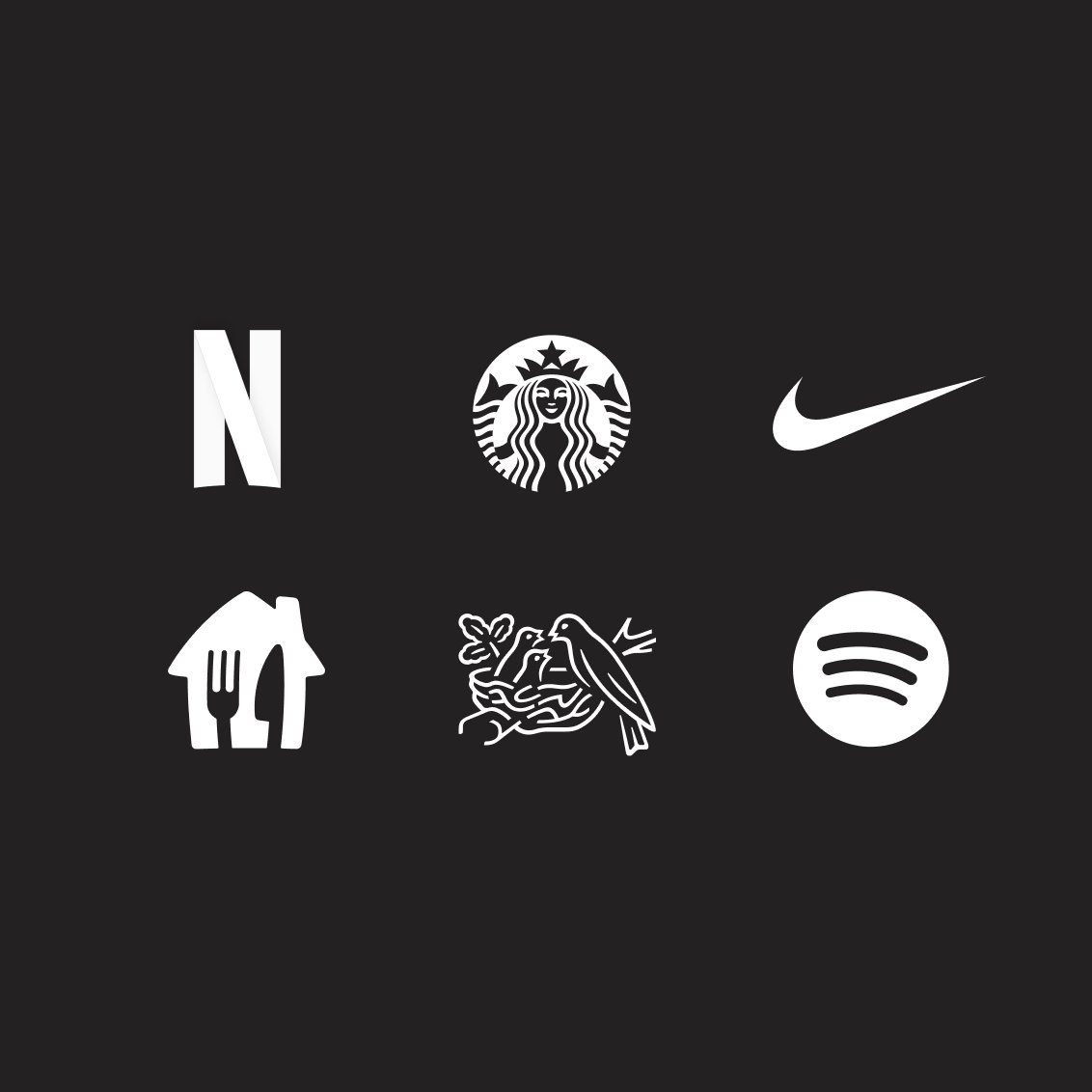When e-commerce giant Amazon launched in Sweden, locals noticed a cacophony of errors. Amazon’s flubs ranged from vulgar English-to-Swedish translation errors and currency mistakes to marketing materials that used Argentina’s flag instead of Sweden’s.
Though it proved to be a blip for the company, Amazon could have avoided international embarrassment by paying closer attention to its brand localization strategy.
Brand localization is a company’s approach to adapting to a foreign market’s local culture, customs, preferences, values, and language.
Nailing brand localization is crucial because it increases customer trust and drives more revenue in foreign markets. A CSA Research survey of 8,700 customers across 29 countries found 76 percent of online shoppers want to buy products marketed in their language. Fully 40 percent won’t buy from a foreign language website.
A successful brand localization process goes beyond language, though. Like the localization examples we highlight below, your strategy should incorporate imagery, design, messaging, idioms, and more to fit your brand to the look and feel expected by the local market. This approach leads to deeper customer trust, higher revenues, and greater customer retention for your brand.
1. Starbucks blended in with Japanese neighborhoods
The once-small Seattle coffeehouse is now a global brand with 32,000 stores in 80 countries. As part of its internationalization strategy, Starbucks has to think about how to rename the sizes and names of its drinks, of course. However, the designers at Starbucks also know that architecture is its own kind of language, too.
How they localized
When Starbucks opened in Japan, the company hired local designers to honor the low-slung roofs and Shinto influence of the country’s architecture. Some of their stores include features like gardens full of water features and stone sculptures. Others weave thousands of sticks together to form patterns that call back to the design of local temples.
The lesson
Putting local, thoughtful touches into store design takes more time and money than plopping down a mass-produced, modular building. Making people feel at home when you first arrive in their town is vital. It’s about making the right impression when you launch, not scrambling to fit in later. That goes for every brand, whether that storefront is digital or physical. Take design cues from the local environment to make your company feel like part of the neighborhood.
2. Netflix invested locally to export globally
Netflix isn’t just trying to push the latest episode of “The Watcher” on its foreign audiences. Foreign titles comprise nearly half of the Netflix library. Surprise megahits like Money Heist (Spain), Squid Games (South Korea), and Lupin (French) show the benefit of investing deeply in localization.
How they localized
Netflix brought Hollywood money to small foreign film production companies. Locals produced, directed, acted in, and watched these movies and TV shows. That way, Netflix gauged what worked locally before considering whether it would translate globally. Each local show that finds success on an international stage primes Netflix’s global audience to be more receptive to the next show from a different country. In that way, every one of Netflix’s foreign markets now acts like a laboratory for creating the next original hit on a global scale.
The lesson
Break free of the mindset that your original market must be the source of the next big idea. Instead, think of each market expansion as a two-way street for innovation.
3. Nestlé embraced local flavor
Taste is part genetic, part cultural. For example, your definition of spicy is likely different if you grew up in Bangkok instead of Indianapolis. Nestlé is one of many food brands that has taken the cultural differences in taste to its logical conclusion by selling certain flavors to specific international markets.
How they localized
Nestlé’s KitKat bars are popular in Japanese culture as gifts and souvenirs. The flavors you’ll find in a local shop can range from wasabi to rice wine. In all, the company has released dozens of flavors you can only find on the streets of Japan.
The lesson
Unique offerings that cater to your audience’s preferences are a winning strategy for gaining local acceptance of your brand in a new market. Market research like surveys, interview panels, and hiring local experts can help you understand those preferences before you try to sell the wrong kind of product and put yourself on the wrong foot with your target audience.
4. Nike crafted a culturally specific product line
Sometimes localization transcends political boundaries. Such was the case for Nike when it decided to take a bite out of the $69 billion Islamic clothing market with its Nike Pro Hijab.
How they localized
Nike turned to female Muslim athletes in Malaysia, Indonesia, United Arab Emirates and more to learn how to make a more breathable, lightweight, high-performance hijab for Muslim athletes. Sports hijabs aren’t new, but Nike was the first global brand to embrace the unique needs of this particular audience with a massive marketing campaign.
Just two years after its release, the Pro Hijab could be found on lists of desirable women’s clothing alongside brands like Gucci and Prada.
The lesson
Your brand localization strategy should have room to apply across cultures and locations. Each target audience you pursue has different interests and needs, so you need a way to organize and disseminate your messages that feels personal and authentic to each of your customers based on how they relate to your brand.
5. Spotify localizes playlist thumbnails
Spotify’s designers spend as much time thinking about localizing the images you see when you open their app as they think about localizing the tunes you hear.
That’s because how the music is presented strongly influences how listeners perceive the brand.
How they localized
Depending on where you live, the thumbnails for Spotify’s prebuilt playlists can have different cultural references, backgrounds, and models. For example, a running playlist might feature a Dutch man striding along a canal if you log in from the Netherlands. Meanwhile, a French listener might be shown a woman jogging along Avenue des Champs-Elysées with the Eiffel Tower rising behind her.
The lesson
Your customers want to see themselves in your brand. You can reflect their values by making an effort to use local models and local locations in your marketing materials. That mindfulness should also extend to design elements like iconography, patterns, and colors, which can have particular meanings and connotations depending on the culture.
6. Takeaway.com adapted its brand name for each country
Takeaway.com is a European food delivery app with brands in 11 countries. Their market research led them to create variations in color, brand name, and messaging for each location.
How they localized
The term takeaway — buying a meal at a restaurant to be eaten somewhere else, like home — doesn’t mean anything in Dutch. That’s why Takeaway.com changed its name to Thuisbezorgd (roughly: home delivery) in the Netherlands. The company also shifted its orange color slightly to more closely match the orange used by the Dutch royal family.
The lesson
Sometimes, your branding isn’t as important as being clearly understood. Your brand name might need adjusting so customers in a new market understand your service. Likewise, making your colors match something meaningful in the local market can help raise trust and endear you to new customers in a foreign market.
A brand without borders needs a brand management tool that scales
As your brand goes global, it pays to continue thinking local. That doesn’t mean letting go of the brand values and social mission that drive your company. Instead, it means considering alternate visuals and different wording to tell the same story in a way that resonates with a new audience.
The more markets your company expands into, the more complicated that task gets. Frontify offers brands a better way to organize all their assets in one secure, searchable, centralized location. To see how you can better govern your brand, download our report below.

